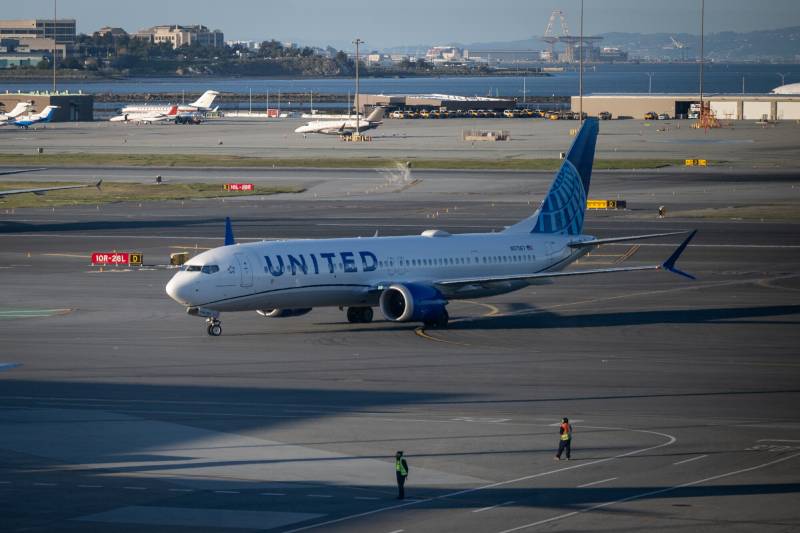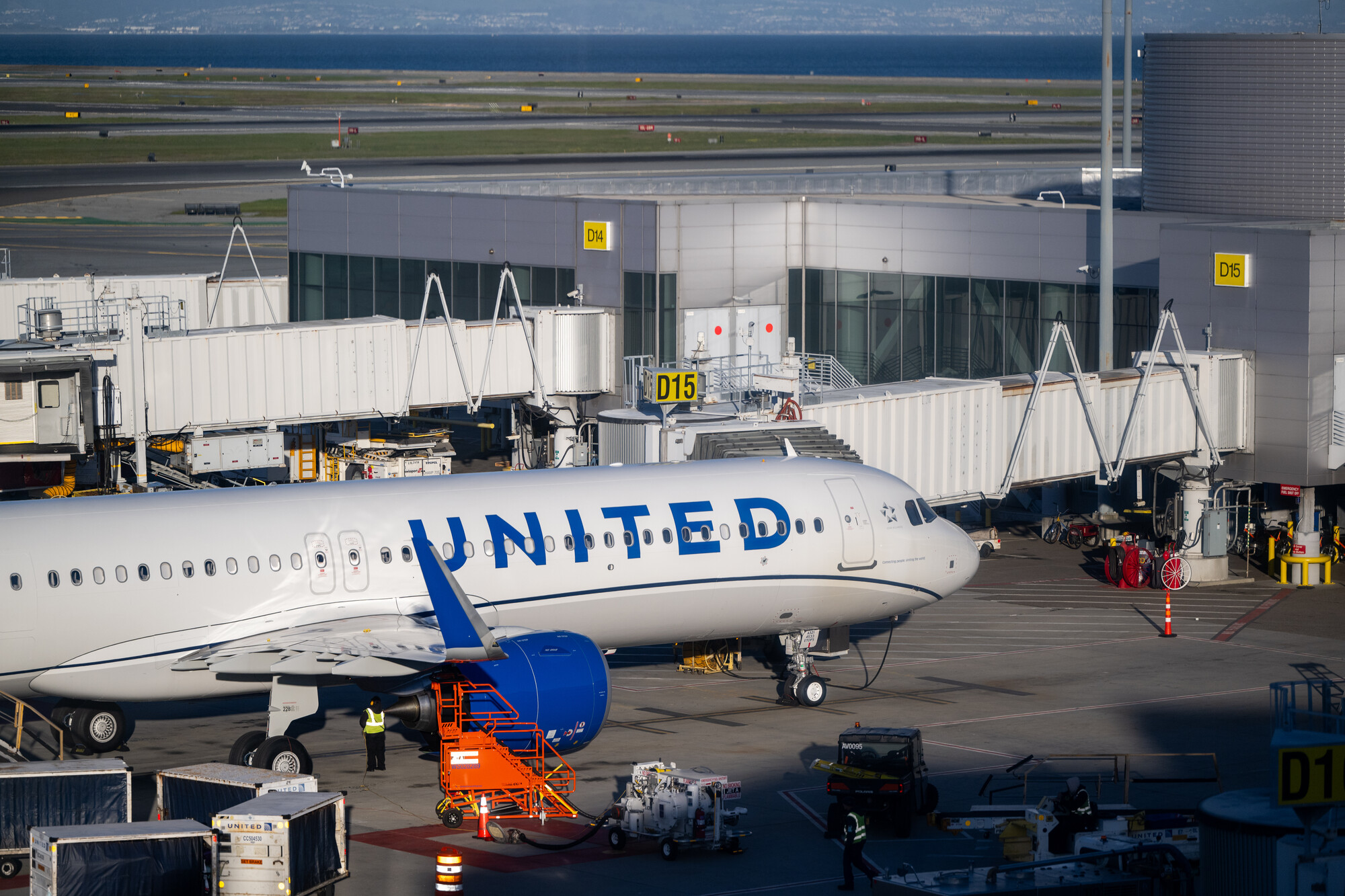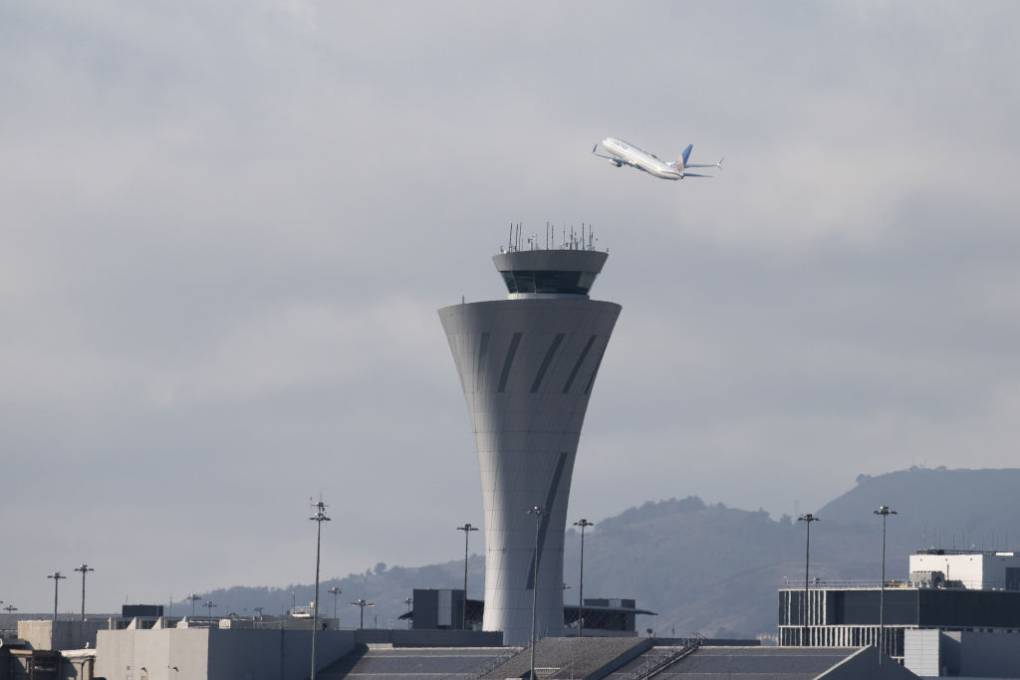An incident that injured four people on a United Airlines flight headed for San Francisco International Airport last year was caused by the pilots pulling up suddenly to avoid a midair collision with another plane, according to the final report released by the National Transportation Safety Board.
After Flight 2428 from New Jersey was cleared by air traffic control to begin its descent into SFO on Sept. 19, 2024, pilots on the Boeing 757 received a traffic collision avoidance system (TCAS) alert warning them of another aircraft crossing 1,500 feet below.
The pilots responded to the alert by engaging in an abrupt emergency maneuver as the first officer reduced the plane’s vertical speed and disengaged the autopilot before pitching the plane upward, following TCAS guidance, according to the NTSB report released last week.


